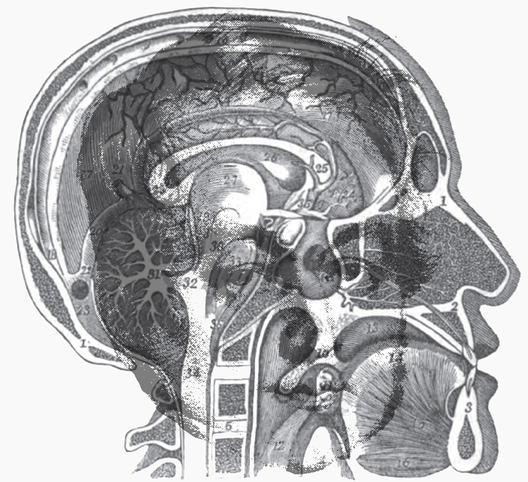François Magendie1783–1855
Magendie’s name is linked with that of Bell in terms of the Bell-Magendie law: the roots of the anterior spinal nerves are motor and those of the posterior are sensory. Bell found the first evidence of this but he was reluctant to pursue the studies experimentally because of the pain inflicted on the unanaesthetised animals. Such qualms were not shared by Magendie who established experimentally that the posterior roots are sensory and the anterior roots are motor in 1822. He reported that: “section of the dorsal root abolishes sensation, section of ventral roots abolishes motor activity, and section of both roots abolishes both sensation and motor activity”. The subsequent, unseemly controversy between Bell and Magendie over the priority of this discovery has led to the relationship being referred to as the Bell-Magendie law. Despite these spats, the clear evidence for a functional division in the central nervous system was of tremendous import, as much of the subsequent research involved pursuing this division to ever higher centres. Sherrington said of the Bell-Magendie experiment that “its importance can hardly be overstated. It also provided a physiological basis for localization of function, in accord with Gall’s psychological speculations. Nontheless, Magendie’s vivisections were frowned upon by many, but more so in Britain than in France, and they provided fuel for the antivivisectionist movement in the former. Magendie’s experimental approach to physiology and medicine has been of great historical importance, both directly and indirectly, through his famous student Claude Bernard. Magendie is shown in the diagram of the brain that can be found in his Treatise on Human Physiology.
